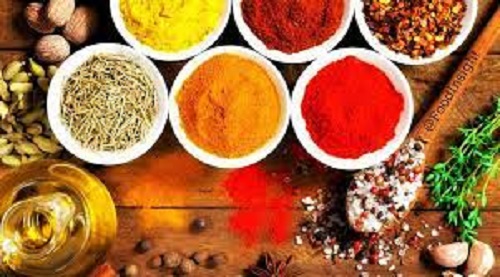
Excess salt consumption is a known risk factor for developing high blood pressure
ANALYSIS | AGENCIES | New research indicates that using salt substitutes – flavourful food additives with less sodium – instead of table salt could help reduce the risk of high blood pressure.
An article published Feb.12 in the Journal of the American College of Cardiology, found that older adults with blood pressure above normal who used a salt substitute had lower incidences of developing high blood pressure. They also had lower blood pressure overall compared to those who used table salt.
Additionally, incidences of low blood pressure (hypotension), a potential health concern for those with healthy blood pressure, were nearly identical between the two groups.
“This means the salt substitute is beneficial not only to people with hypertension, which has been demonstrated in previous studies, but also to people with normal blood pressure, and that it is safe,” Dr. Yangfeng Wu, Ph.D., executive director of Peking University Clinical Research Institute and senior author of the study, told Medical News Today.
The research comes out of the DECIDE-Salt trial, a multi-center trial conducted at 48 elderly care facilities in China. About 75% of participants were males, and the average age of participants was 71.
Over a 2-year period of the study, researchers found that individuals in the salt substitute group were 40% less likely to develop high blood pressure than the salt group.
“The study demonstrated that mean blood pressure increased in the regular salt control group but remained unchanged in the salt substitute group,” Dr. Wu explained.
The authors note the salt substitute appeared to prevent blood pressure from increasing rather than causing a decrease in blood pressure.
Salt consumption has been associated with high blood pressure and other negative health outcomes such as: heart attack, stroke, kidney damage, and osteoporosis. The World Health Organization recommends consuming less than 2,000 milligrams of sodium or 5 grams of salt daily.
Salt and sodium are often used interchangeably, but it is important to know the difference.
Table salt is made up of sodium chloride, which is about 40% sodium and 60% chloride. So, in a given amount of salt, say a tablespoon, only 40% of it is sodium, which is why daily recommendations for salt intake differ from sodium intake.
Sodium consumption has less to do with the salt shaker at the table, and much more to do with how foods are processed today. Only about 10% of sodium intake comes from the salt shaker, the vast majority comes from refined, processed foods and eating out.
Salt substitutes, like the one used in the study, replace some of the sodium content with another mineral, potassium, as well as flavorings, such as mushroom, lemon, herbs, or seaweed.
In the DECIDE-Salt trial, the salt substitute was made up of 62.5% sodium chloride, 25% potassium chloride, and 12.5% dried food flavourings.
 The Independent Uganda: You get the Truth we Pay the Price
The Independent Uganda: You get the Truth we Pay the Price


